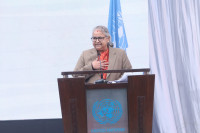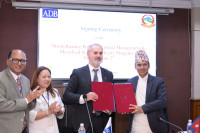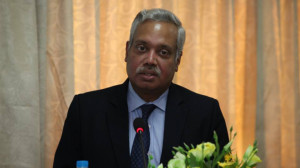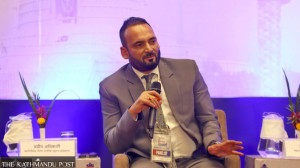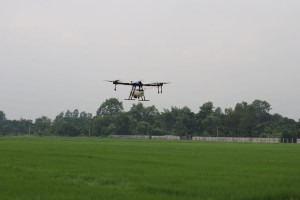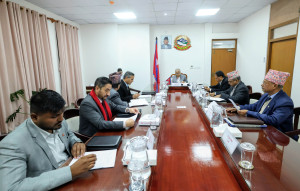National
Govt unveils strategy to address inequalities in health sector
In its bid to address the inequalities in access to health services, the government on Thursday unveiled a strategy to bridge the gap by 2030.
In its bid to address the inequalities in access to health services, the government on Thursday unveiled a strategy to bridge the gap by 2030.
Titled ‘National Strategy for Reaching the Unreached (2016–2030)’, the document provides plans to strengthen many components of health system, including human resources and health governance. It also aims to reduce health and nutrition inequalities and achieve a universal health coverage in the country.
The strategy specifically targets people living in rural areas; people in abject poverty; slum dwellers; street urchins; migrant workers; HIV infected; Lesbian, Gay, Bisexual, Transgender and Intersex (LGBTI); female sex workers.
Based on population density, the document plans to hire Female Community Health Volunteers as per the need of Muslims, Dalits, Madhesis and Janajatis.
It also talks about improving access to ambulance services and regulate with an objective to extend health services to a wider public and reduce their financial burden. Similarly, it aims to strengthen emergency transportation services including cycle ambulance to help people reach health institutes from far-flung areas.
Unveiling the strategy document, Health Minister Gagan Kumar Thapa said it would help ensure health services to those who cannot access the national health system. “All of the people have rights to fundamental healthcare services as enshrined in the constitution. This strategy will also help us achieve universal health coverage,” said Minister Thapa.
Speaking on the occasion, Health Secretary Dr Senedra Raj Upreti said the Health Ministry was committed to increase public’s access to health services and that they would work in earnest to implement the strategy.
The strategy also deals with making human resources for health more inclusive by hiring people who speak local languages and are more acquainted with their community. It also aims to hire more women from the marginalised and vulnerable communities to increase services to women and children.




 7.12°C Kathmandu
7.12°C Kathmandu


